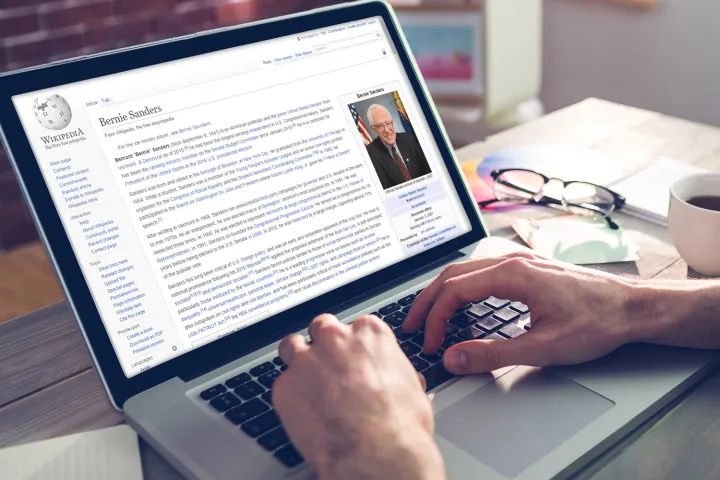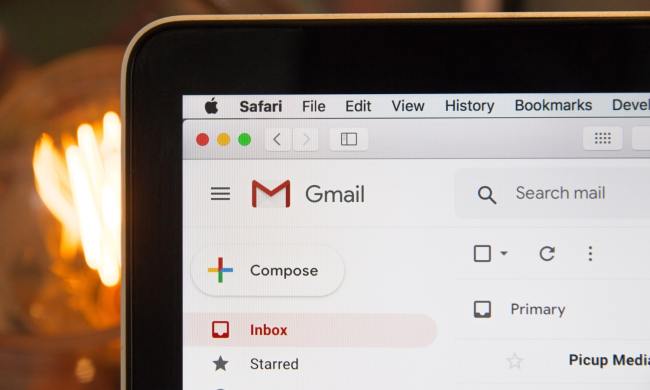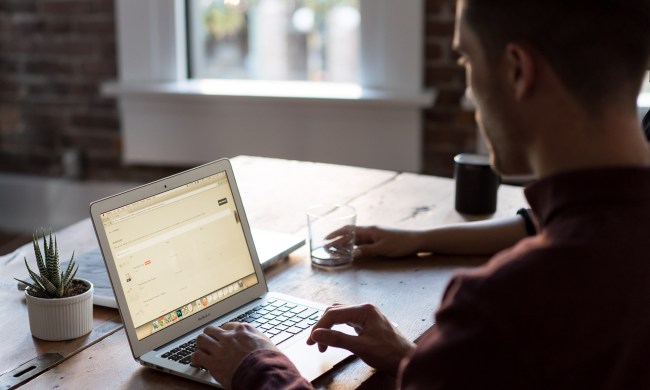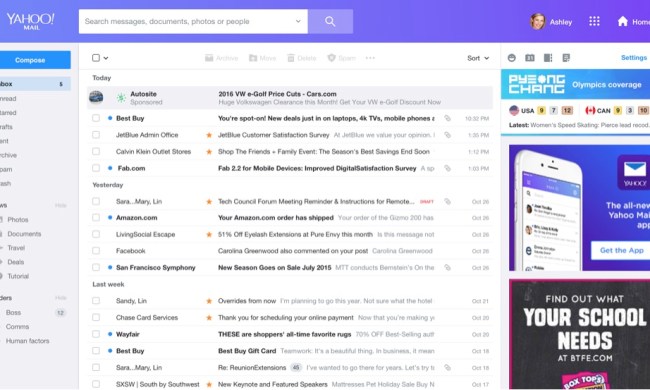
It’s part of Wikimedia’s ongoing Zero effort, which seeks to provide Wikipedia free of charge on mobile phones. The program, which was launched in 2013, waives fees for subscribers of participating mobile operators so that they may read and edit Wikipedia without using any of their mobile data. It’s been deployed in Malaysia, Kenya, Pakistan, Sri Lanka, Jordan, Kosovo, Nepal, Nigeria, Ghana, Myanmar, Angola, and Algeria, and collectively spans 68 mobile operators in 52 countries.
It’s aimed at addressing what the Wikipedia Foundation claims is one of the greatest barriers to internet access globally: Affordability. An estimated 57 percent of the world can’t afford a 500MB monthly data plan at current prices. In a recent Wikipedia Foundation survey, a majority of participants in Iraq reported that mobile data costs limited their use of the internet.
The Asiacell effort was spearheaded by Sarmad Al Taie, an Asiacell employee and Iraqi volunteer Wikipedia editor. In 2015, Sarmad and his wife, Ravan Al Taie, organized workshops in Erbil, the capital city of Iraqi Kurdistan, to teach people in Iraq how to edit Wikipedia. Later that year, the burgeoning community launched Iraqi Wikimedians user group, the first Wikimedia affiliate group recognized by Wikipedia’s broader global community of editors.
“Worldwide, Wikipedia is recognized as an important learning resource, but it also offers a platform to share knowledge with the world,” a company spokesperson said. “Edits from any country contribute to the world’s common knowledge repository, seen by hundreds of millions of people every month […] With this partnership, Asiacell customers will be able to edit Wikipedia without mobile data charges — adding to and improving articles in their preferred language and sharing knowledge of Iraq’s rich cultural history, heritage, and its people with the rest of the world
News of Wikipedia Zero’s expansion comes on the heels of the Wikimedia Foundation’s accessibility efforts. In May 2016, the nonprofit embarked on a joint project with the KTH Royal Institute of Technology in Sweden that adds text-to-speech synthesis for certain parts of article entries, allowing them to be read aloud. It’s slated to be off the ground by 2017, at which time English, Swedish, and Arabic speakers will be able to hear as well as read Wikipedia posts.



